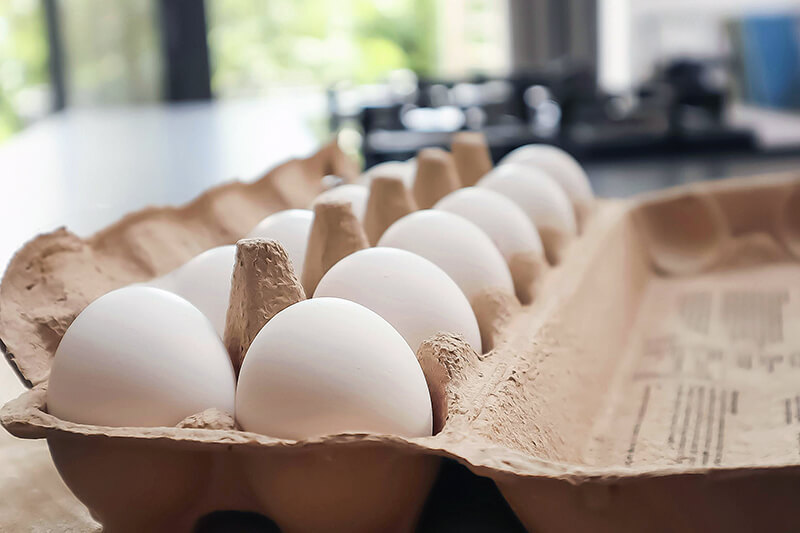
Eggs: From Hen to Home (Grades 3-5)
Students trace the production path of eggs, beginning on the farm and ending in their home and identify the culinary uses and nutritional benefits of eggs.

Students trace the production path of eggs, beginning on the farm and ending in their home and identify the culinary uses and nutritional benefits of eggs.
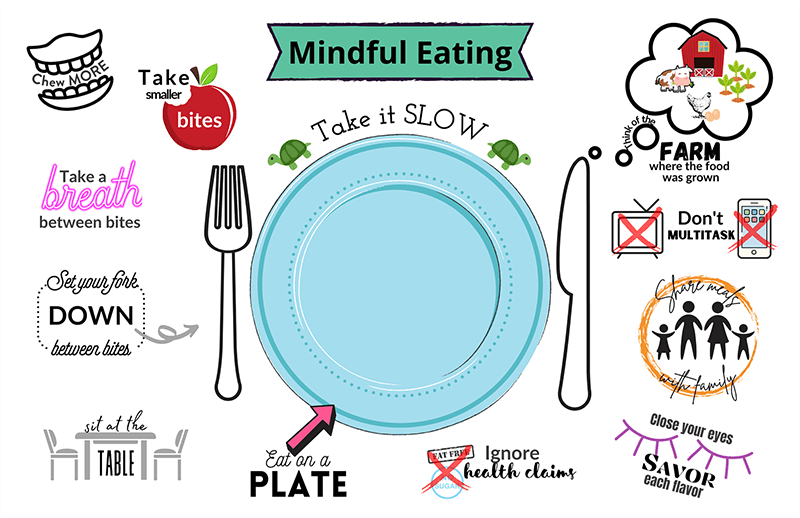
Students will explore hunger, satiety, and mindful eating to discover how our eating habits are impacted by our awareness to physiological signals of hunger or fullness. Students will also practice mindful eating practices and explore portion sizes as they sort foods, create meals using portion-size food models, and track their food using mindful eating practices.
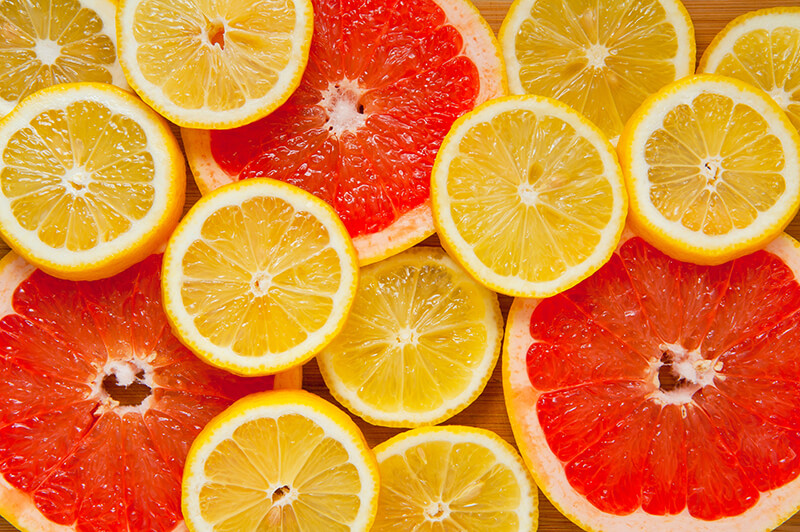
Students investigate the growth and production of citrus fruits and use observation and mathematical computation to compare and contrast grapefruits and lemons.
Students explain why people have different opinions regarding soil management and identify cause and effect relationships relating to agriculture and the environment.
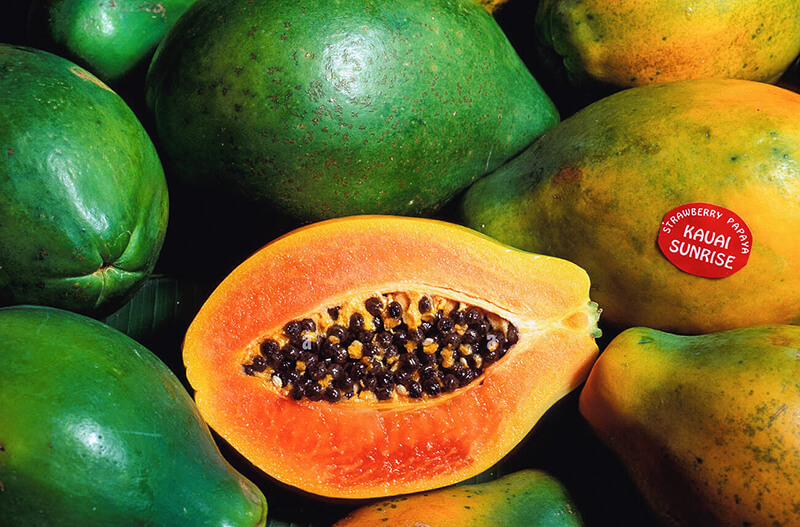
While many view bioengineered crops (GMOs) as a promising innovation, there is controversy about their use. This lesson provides students with a brief overview of the technology, equipping them with the ability to evaluate the social, environmental, and economic arguments for and against bioengineered crops (GMOs). This lesson covers a socioscientific issue and aims to provide students with tools to evaluate science within the context of social and economic points of view.
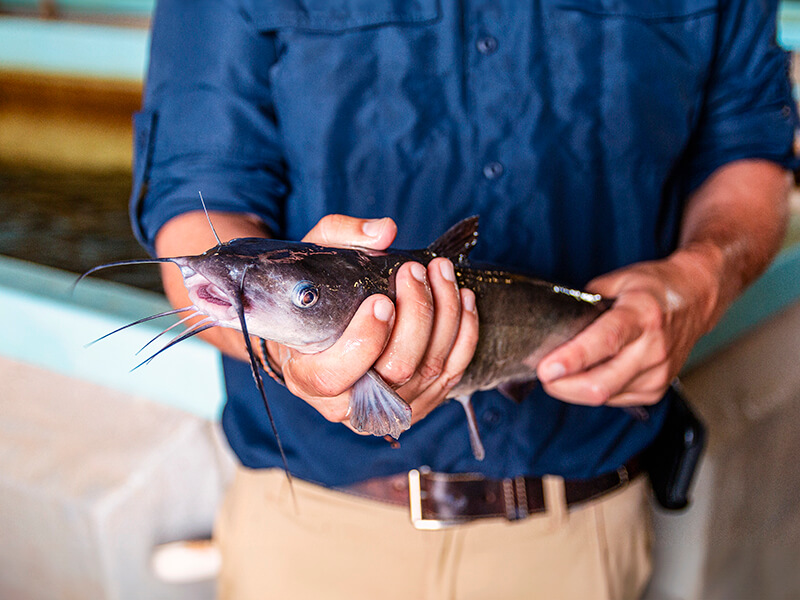
Students investigate a variety of aquaculture food products, discover how and where they are grown and raised, and explore their nutritional benefits.
Students explore what it means to eat a healthy diet by comparing the foods they typically eat in a day with the recommendations of MyPlate.
Students investigate a variety of vegetables, discover how and where they are grown, and explore their nutritional benefits.
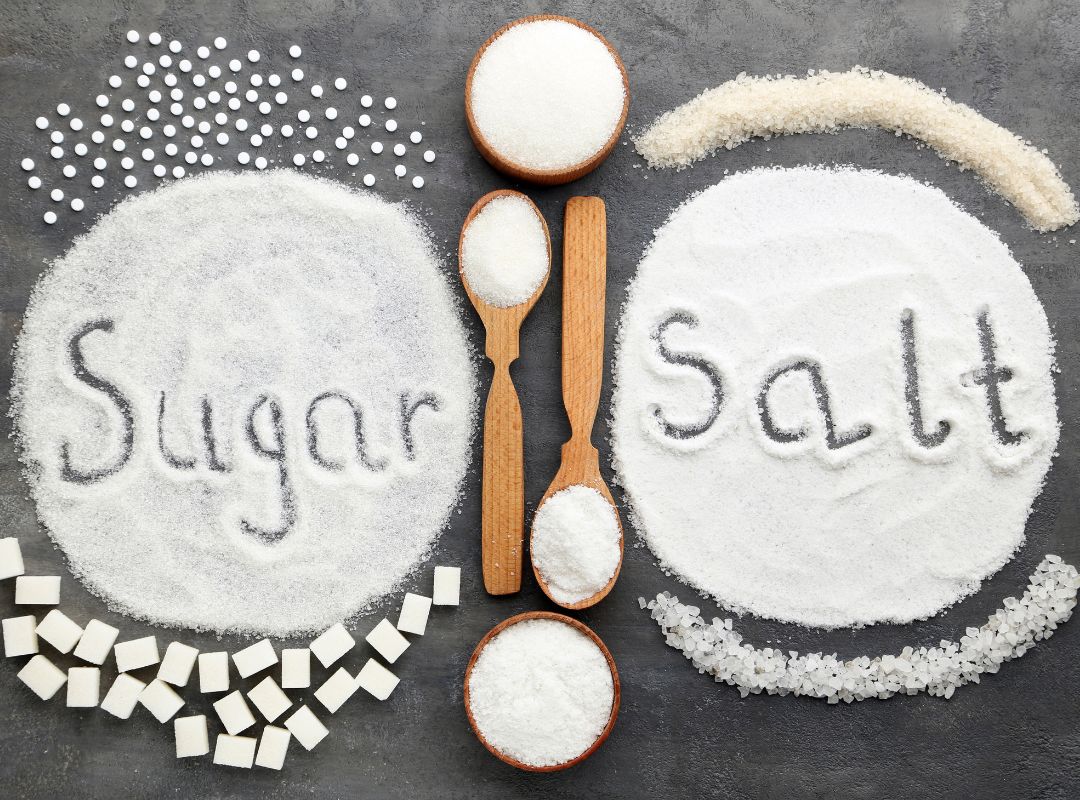
This lesson introduces sodium and sugar as dietary nutrients we should consume less of. Students will identify the foods and beverages they should limit and recognize how to use the Nutrition Facts label to measure sodium and sugar intake.
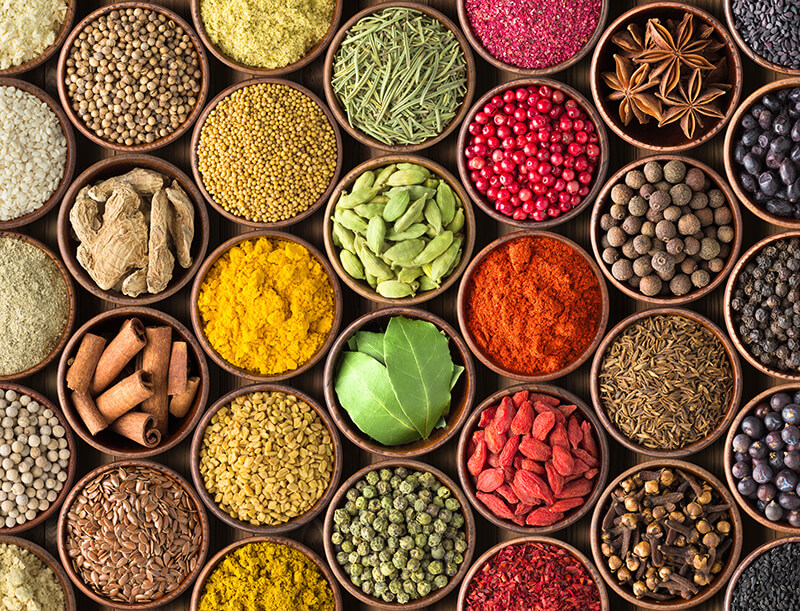
In this lesson students will recognize the difference between a spice and herb, learn how herbs and spices are grown on farms around the world, and participate in a culinary challenge to season popcorn for various cultural cuisines.
Students will describe the farm-to-table process of common fruits and vegetables, recognize the nutrients fruits and vegetables provide, and evaluate methods of food storage and preparation for preserving nutrients.
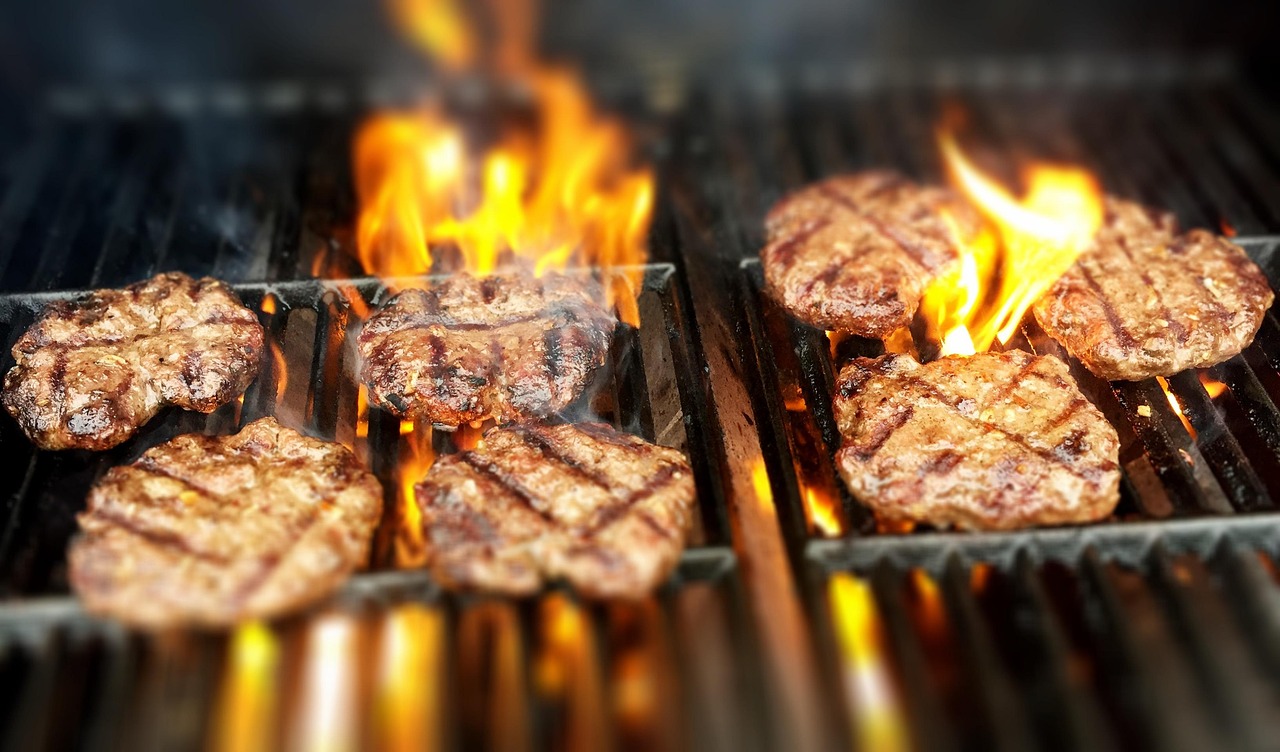
Through a series of 4 Labs, students will explore the 4 Cs of Food Safety: clean, cook, chill, and combat cross-contamination (separate.) Hamburger is used for the labs, as it is a food that students are familiar with and may be cooking at home. Lab 4 is a review and summary of what the students have learned about the 4 Cs and encourages them to apply these principles to their everyday life.